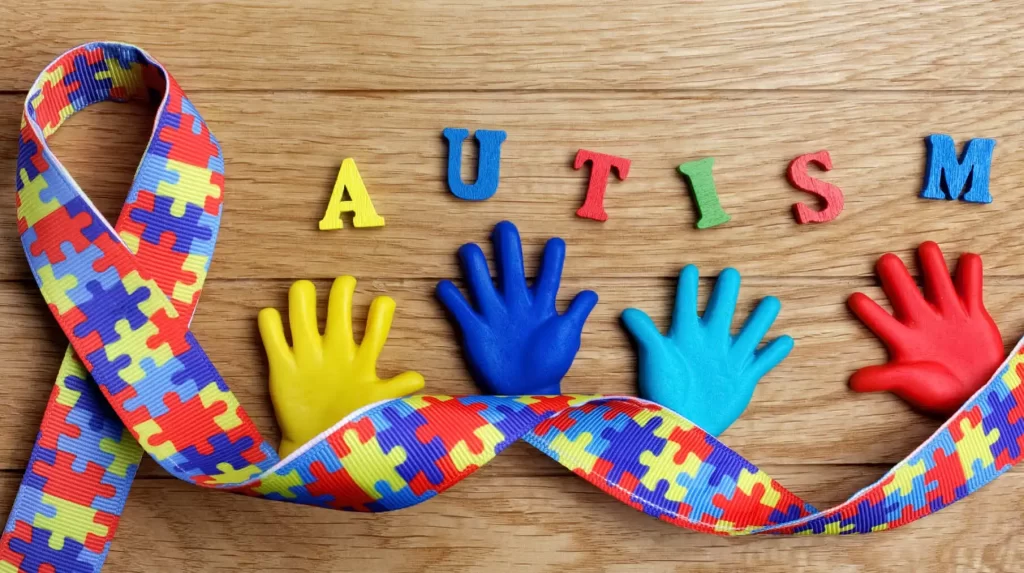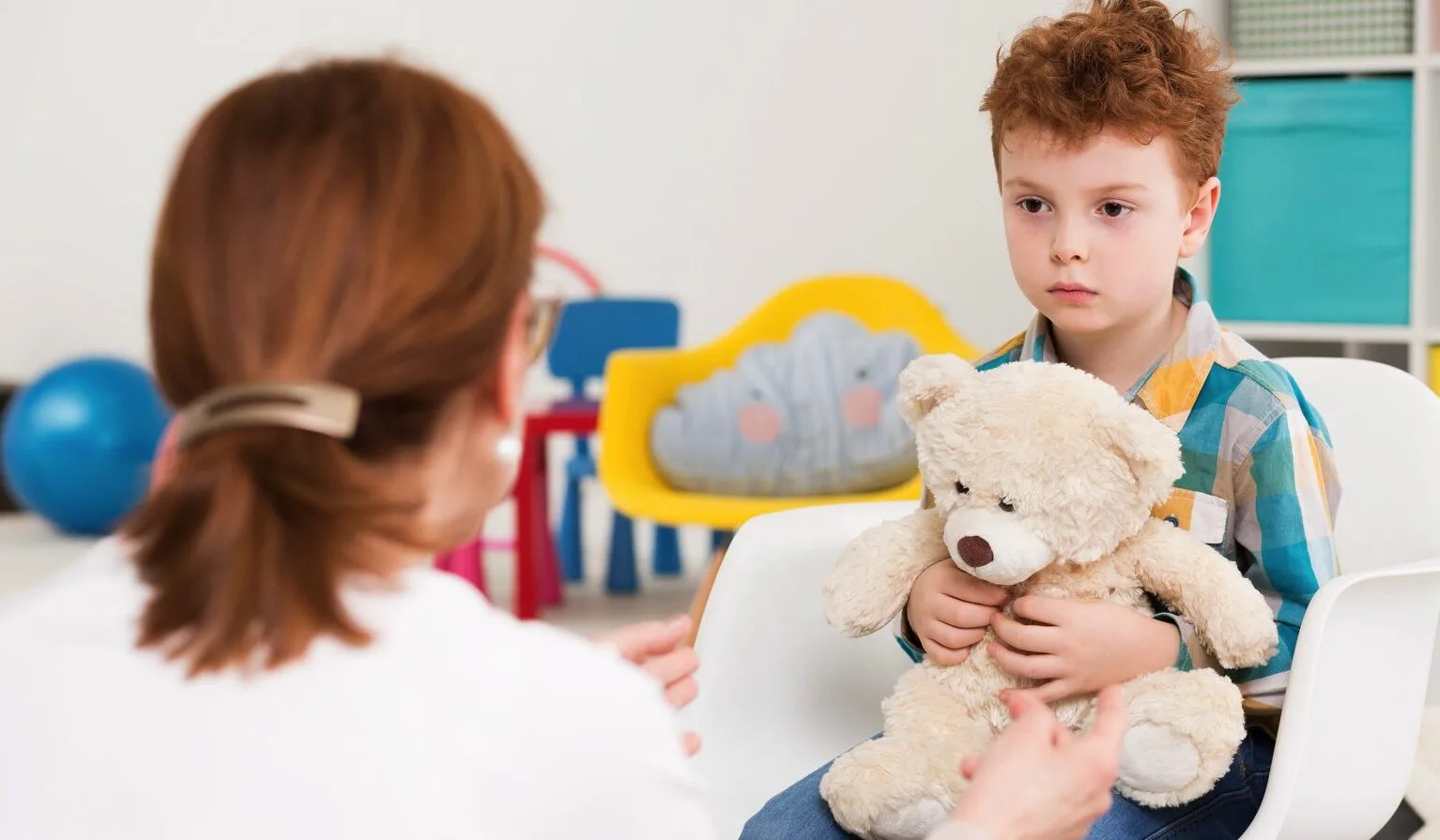In this digital era, the life cycle of each child is highly dependent on the usage of electronic gadgets. In light of this, the constant exposure of kids to screens results in fears among parents, educators, and healthcare professionals. Thus, they named this condition “Virtual Autism”. Screen addiction and virtual autism in children refer to the potential social and developmental challenges resulting from excessive screen use. Understanding the complex relationship between technology and childhood development is vital for cognitive and social development. A balanced approach is needed to get rid of virtual autism in Children.
The Rise of Screen Addiction
Screen addiction is one of the growing concerns in the digital age. The reason behind increased screen time in children is their easy accessibility to digital devices. During the pandemic periods, the educational requirements have turned to digital, and the growth of social media platforms also leads to screen addiction and virtual autism. The disrupted sleep patterns, difficulties in communications, and increased risks of physical health issues are the major symptoms of virtual autism. So, the parents must manage screen time and maintain a healthy balance between digital engagement and other activities to reduce screen addiction risks.
Defining Virtual Autism

Virtual autism refers to a behavioural and communication issue that can occur when individuals spend excessive time online or in digital environments with limited face-to-face interactions. The symptoms involve challenges in social interaction and associated physical illness etc. It is not a medically recognized condition, but it has similarities with traditional autism spectrum diseases. The parallels highlight the potential impact of the digital world on social and developmental aspects.
Understanding the causes of Virtual Autism involves recognizing the role of prolonged screen exposure, reduced in-person interactions, and the unique social dynamics of virtual spaces. Virtual autism in children refers to behaviours resembling those of individuals with traditional autism spectrum disorder (ADE), such as difficulty in communication or repeating actions in the digital world. This term is not an official term but helps explain similar online behaviours. Both virtual and traditional autism-like behaviours involve communication challenges, however, one occurs in the digital world, while the other is a recognized condition.
Impact on Child Development
The impact of virtual autism on children development leads to attention difficulties, impaired language development, and social challenges. It’s due to the disruption of developmental processes, limited face-to-face interactions, diminished physical activity opportunities, and disrupted sleep patterns. Addressing the virtual autism impact on child development is important for promoting healthy child development in the digital age.
The research and studies show a link between screen addiction and symptoms of Virtual Autism in children. Symptoms include delayed language acquisition, and social difficulties. Excessive screen time disrupts mental and social development, limited physical activity, and altered sleep patterns. Promoting mindful screen practices and positive parenting techniques is important to mitigate potential developmental risks and causes of virtual autism in children.
Virtual Autism in Children Signs and Symptoms
The proper diagnosis of symptoms of virtual autism is very crucial for the parents and caretakers. The causes of virtual autism in children can be traced to a lack of physical interaction, disrupted sleeping patterns, etc. Then, what are the symptoms of virtual autism? Virtual autism in children can be recognized by some common indicators like attention difficulties, language delays, and challenges in social bonding, as well as excessive screen use. These symptoms lead to a lack of social activities and altered sleeping patterns. Let’s hear the life story of Riya; she was a 7-year-old girl. Daily, she spent 4 hours on her tablet and smartphone. So, she struggled to make social interactions and showed limited interest and a lack of eye contact during conversations. Finally, Riya’s parents were concerned about these symptoms and consulted a child development specialist. From the signs, they recognized that she had virtual autism. Through the proper guidance of the specialist, Riya’s screen addiction and virtual autism was eliminated, and her social interactions also improved.
How to Treat Virtual Autism?
Prevention and Intervention

To treat Virtual Autism in children, a two-pronged approach is recommended. For the prevention of virtual autism, initially, parents can set screen time limits and encourage children to engage in offline activities. For those with symptoms of virtual autism, parents can gradually reduce screen time by making situations for face-to-face conversations and interactive play sessions.
How to treat virtual autism? Here are some effective strategies for those already exhibiting signs of Virtual Autism: engaging in outdoor activities, reading, and social connections are also beneficial. Simplifying language and providing clear routines can help with attention difficulties. The best parental control app can offers balanced approaches to prevent virtual autism. As for the benefits of using parental control apps, the balanced approach, prioritising physical, social, and imaginative play, is crucial for a child’s overall development.
Balancing Screen Time
Balancing screen time is essential for preventing issues like screen addiction and Virtual Autism in children. Also, they must follow the guidelines based on the child’s age, with healthy boundaries. As children grow, a balanced mix of screen time and other activities is essential. The screen time management apps help to make a balanced screen time among children. Its goal is to avoid excessive screen use to ensure technology complements daily experiences. Balancing screen time for virtual autism includes real-world experiences like outdoor play and social interactions and developing a positive child development environment.
The studies and findings on Virtual Autism in children highlighted the need for a balanced approach to screen usage. It emphasises the importance of age-appropriate guidelines, healthy boundaries, and offline activities to support the well-being of children. Additionally, there are personal interactions and creative play in encouraging positive social and cognitive development. This proactive approach not only prevents symptoms of Virtual Autism but also promotes the overall well-being of children.

